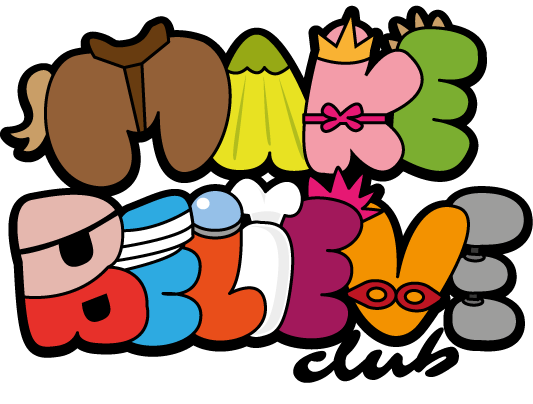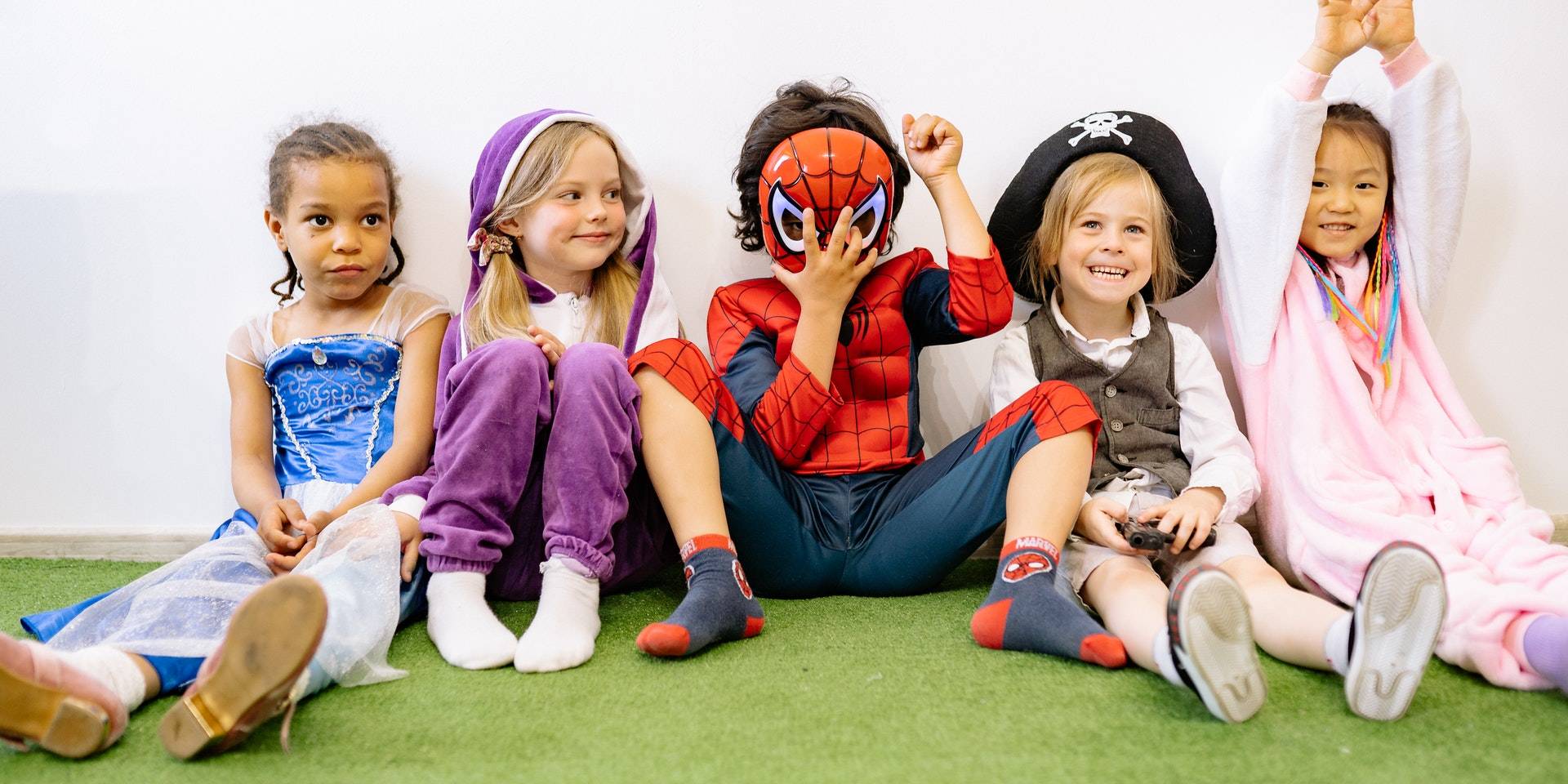Everywhere we go, we are bombarded with advertisements and branding. From billboards to TV commercials, companies are constantly trying to sell us something. Unfortunately, this culture of consumerism has seeped into children’s clothing as well. Many kids’ clothes feature large logos, brand names, and slogans, turning children into walking billboards. But is this really necessary? In this post, we’ll explore the power of play and why children’s clothes shouldn’t be walking ads.
Firstly, let’s talk about the importance of play in a child’s development. Play is essential for children’s cognitive, emotional, and social development. Through play, children learn about the world around them, develop problem-solving skills, and build relationships with others. Play is also an essential form of self-expression, allowing children to explore their creativity and imagination. In short, play is a vital part of childhood.
Now, imagine a child who is constantly bombarded with messages to buy, consume, and conform. Every time they look in the mirror, they see a logo or brand name staring back at them. This not only distracts from their play but also reinforces the idea that their worth is tied to what they own or wear. Rather than encouraging creativity and self-expression, walking billboards send the message that conformity is more important than individuality.

Kids clothes that feature logos and branding often come with a higher price tag. Parents are forced to pay more for clothes that are essentially advertisements, which can be a burden for families on a budget. In contrast, clothes that are designed with playfulness and versatility in mind offer more value for money, as they can be mixed and matched to create a variety of outfits.
Lastly, children’s clothes that prioritize playfulness over branding can be empowering for kids. By offering a range of colors, patterns, and styles, children are free to choose clothes that reflect their unique personalities and interests. This not only encourages self-expression but also helps to break down gender stereotypes and societal expectations.
Children’s clothes should be designed to inspire playfulness and creativity, not to serve as walking billboards. By prioritizing play and self-expression over branding and conformity, we can empower children to be confident, imaginative, and true to themselves. Let’s shift the focus away from consumerism and back to what really matters: the power of play.




